Results 3,491 to 3,500 of 12096
Thread: Anandtech News
-
12-18-13, 09:00 AM #3491
Anandtech: Lian Li Release PC-V358 Chassis for Micro-ATX Builds
A lot of shiny cases come out of Lian Li, best known for their use of aluminum with an element of style.  Chassis like the mini-ITX based TU-200 with a carry handle, the PC-90 and the curved PC-Q30 have come through AnandTech.  Today Lian Li is releasing their next micro-ATX chassis, the PC-V358. 
If I remember correctly, this was one of the chassis that Lian Li had on display at Computex, but where still in the planning stages of design.  The PC-V358, available in black and silver, is designed around easy access, such that the case lid can rotate away from the components, the CPU cooler fans can be rotated away to work on the motherboard and so on.
The case/cube (324 mm x 286 mm x 390 mm) will support power supplies up to 200mm, CPU coolers up to 130mm in height and PCIe devices such as GPUs up to 330mm in length.  Due to the hinge mechanisms, Lian Li is aiming the case at users who want to use integrated liquid cooling, as shown by the press release images.
The PC-V358 will support six 3.5” HDDs and an additional two 2.5” SSDs, with four expansion slots for GPUs.  The system uses two 120mm fans included, as well as another included 120mm fan at the rear.  IO on the case is solely for audio and two USB 3.0 ports.
The system attempts to emulate many of the new chassis that have recently come onto the market by creating ‘zones’ of hardware – we have seen cases like the Carbine Air 540 split the system into regions with the CPU/GPUs on one side and the PSU/HDDs and other hardware away from the heat generating parts of the system.  The PC-V358 does this, albeit in a top/bottom paradigm.
The PC-V358 should be available by the end of the year in North America with a MSRP of $179.
 
Gallery: Lian Li Release PC-V358 Chassis for Micro-ATX Builds






More...
-
12-18-13, 02:00 PM #3492
Anandtech: Motorola Moto G Review
I like what the new Motorola is doing. It seems like an eternity ago, but I remember when phone launches with Motorola meant a variety of variants all with their own idiosyncrasies. Since re-launching itself, Motorola has launched just two new lines of device – the higher end Moto X, and its mass-market cousin, the Moto G which we’re taking a look at here.
Read on for the full review.

More...
-
12-19-13, 04:00 AM #3493
Anandtech: Best Tablets – Holiday 2013
We've covered quite a few laptop options last week for those looking for something mobile for the holiday season, but one area we haven't touched on yet is tablet options. There are several ways to break things down, so let's quickly cover the bases first. You need to answer a few questions in determining the best tablet for your needs. First up: what operating system do you want to run? You have four main choices: Apple's iOS, Google's Android, and Microsoft's Windows RT and Windows 8.1. Next up, you need to decide what size tablet you want: 7”, 8”, 9”, 10”, 11”, and 13” are all possibilities, but for the purposes of this guide I'm going to just drop the largest two options, and there aren't too many 9” tablets either so really in my book it's a question of 7-8” vs. 10” (give or take). These two area will help cut down the number of choices quite a bit, but there are still additional items to consider.
Price is obviously something we need to account for, as not everyone can simply run out and buy the most expensive tablets. Intended use is another important factor – if you just need something to do some web surfing and pull up other reference material over WiFi, your needs will be far different than someone that wants a tablet with mobile broadband; similarly, people that want to play games (or have kids that will want to play games) have different needs than those that don't care much about graphics.
Finally, depending on which platform and size you've selected, you also need to decide if you want a pure tablet, something with a keyboard dock, or a hybrid device. The first two options have some overlap, as the vast majority of tablets support Bluetooth keyboards so you can add one of those to pretty much any tablet, but if you actually want a dock – and in particular a dock that adds additional battery capacity – your choices are pretty limited. Rather than trying to come up with a recommendation for every potential area, I'm going to focus on the major options that are worthy of a recommendation.
Apple Tablets
My personal feeling is that most users are going to either buy into the Apple iOS line or they're going to go with Android – and that usually means both a smartphone and a tablet for the respective OS. There are currently four major tablet options available in the iOS ecosystem (five if we add in the iPod Touch, but I'm skipping that as most people have a smartphone these days so if they want an additional mobile device it's more likely to be a larger tablet): there's the new iPad Air, the new iPad Mini Retina, and Apple continues to sell the iPad 2,4 as their faux-budget 10” offering along with the previous generation iPad Mini. (You can still find the previous generation iPad (4) and even the iPad 3 floating around online, but we'll skip those.)
For the budget conscious, let's be frank: Apple isn't for you. “Budget” and “Apple” are like oil and water – they don't mix. The least expensive Apple tablet currently for sale is the previous generation iPad Mini, priced at $299 for a 16GB model with an A5 chip. $100 more gets you the iPad Mini Retina, and even if you don't care much about the display the A7 SoC is a pretty substantial upgrade in performance. Similarly, if you still haven't purchased an iPad 2,4 I think we can simply skip that now. That means we're effectively left with two choices, and they're both pretty expensive.
The 16GB iPad Mini Retinal has a $399 price from Apple, and that's pretty much what you're going to have to pay. Meanwhile the 32GB model will set you back $499 and the 64GB costs $599. Personally, I can get by with the 16GB model with iOS, and that's what I'd go for if you're not planning on carrying around a lot of movies or music; the 32GB model ends up being more than enough for all but the biggest digital packrats, while the 64GB model ends up costing enough that I can't really recommend it, but if you want to dance you have to pay the piper.
If you're looking for the fastest iPad, not surprisingly the iPad Air is where it's at. While the iPad Mini Retina and iPhone 5S use the same A7 SoC as the iPad Air, there's no stacked RAM on the die and there's a heat spreader, which combined allow the larger iPad Air to run anywhere from 10% to 50% faster than the iPad Mini Retina. The cost starts out at $499 for the 16GB WiFi model, and as usual Apple tacks on $100 for each storage update ($599 for 32GB, $699 for 64GB, and $799 for 128GB). I'd say the 32GB model is probably a reasonable pick, but if you want to store a lot of music on your iPad you can certainly make a case for the 64GB model.
The price ends up being right up there with many budget laptops, but the A7 SoC actually manages to compete with basic Windows laptops. Add in a keyboard – I've seen quite a few options, but I'd be inclined to go with the Official Keyboard and Incase Origami or one of the many third-party Bluetooth keyboard and case options. With a keyboard, the iPad Air becomes a viable laptop replacement. I'm still going to turn to Windows laptops for my serious work like writing articles and editing images, but with a keyboard I can do about 95% of my work on a tablet and not feel like I'm missing much. Another generation or two (and perhaps some additional price cuts) and the budget laptop segment is going to be in serious jeopardy.
I'll be honest here: I'm not devoted to the Apple ecosystem by any stretch of the imagination, but mostly that's because I tend to gravitate more towards the affordable end of the spectrum. That said, if money were no object, I'd go out and buy the iPad Air 32GB or maybe even 64GB. In my opinion, the combination of SoC, industrial design, display, performance, and other features makes it the best current tablet on the market. That's not to say that I don't like Android options, but as someone that has never actually owned an Apple product other than a 4th Generation iPod Touch, I still envy those that apparently can afford the latest and greatest Apple smartphones and tablets.
Android Tablets
When we shift over the the Android market, things get far more diverse in terms of hardware, performance, pricing, quality, etc. Many if not most Android tablets feel very much like budget offerings, though not all of them are priced accordingly. There's also an issue with getting updated versions of Android for these tablets; I have an old Tegra 2 Acer A500 that never got updated beyond Android 4.0.3 (which took six months, never mind the display failing when the tablet was less than two years old), while a newer Tegra 3 Acer A700 stopped at Android 4.0.4. And such behavior is not at all limited to Acer – another “no-name” tablet that I have is also stuck on Android 4.0.4, and even the Google Nexus devices stop getting updated beyond a certain point. Part of this comes from trying to support a wider array of hardware, but regardless it still happens. Contrast that with iOS where devices tend to receive the latest OS updates until they reach the point where they're too slow (e.g. my iPod Touch 4th Gen is still on iOS 6.x); if you like getting more than six months of OS updates, Android isn't necessarily the best option.
With that said, there are a ton of Android tablets out there, with options that cater to your preference for saving money or getting a fast and recent tablet, along with size considerations as well. If all you want is a budget tablet that can browse the web and run some other apps, I'd look at the less expensive devices and be done with it. Dell sent over their Venue 8 tablet for review, and with a base price of $180 for 16GB storage and 2GB RAM with a Clover Trail Z2580 Atom SoC, it's not a bad tablet. The Venue 7 is similar but slightly smaller, with an Atom Z2560 but still with 2GB RAM and 16GB storage, starting at just $150.
Neither Dell Venue will set the world on fire in terms of performance or features, but the Atom SoC is generally much better than what you'll find in other $150-$200 tablets (i.e. the MediaTek SoCs in the ASUS MeMO Pad HD 7). On the Venue 8, Octane V1 performance for example is 3536 (in Chrome), Kraken 1.1 is 10,503, and 3DMark gives the following scores: Ice Storm 8310, Graphics 7915, and Physics 10066. You'll see that based off those results, the Venue 8 is right near the top of our Android CPU charts while the GPU is more in line with last year's hardware. Again, for the price the Venue 7 and 8 are reasonable options – and you still get a microSD slot capable of taking up to 32GB cards.
Step up the pricing scale a bit and we come to the one Android tablet that we can recommend without any reservations: the Nexus 7 (2013). Priced at $229 for 16GB and $269 for 32GB, it's a decent bump in price over the Venue 7 and 8, but it has a faster GPU (by about 30%) and a much nicer 1920x1200 LCD. You can read more about the Nexus 7 in our full review, but really the only complaint I can raise is the lack of a microSD slot. (Google can say it's difficult and confusing or whatever, but I use a 32GB microSD card and have no issues with on another tablet.)
Having covered the smaller Android devices, all that's left is to pick a good 9-10” Android tablet. We actually talked about this the other day, and to be honest there's no single Android tablet where we can universally recommend it. The Nexus 10 is probably the closest we can come, but even that has some issues and it's certainly due for an update. (Performance is basically similar to the Venue 8 it seems, which costs half as much as the Nexus 10). Pricing is also a tough spot, with the 16GB model going for $399 and the 32GB model going for $499 – not quite as bad as Apple's iPad Air, but then it's also not as good as the iPad Air (IMO). The good news with Nexus devices is that at least you'll get a reasonable number of OS updates – both the Nexus 7 and 10 now have Android 4.4 (KitKat) factory images available.
If you're just after a 10” Android tablet that won't break the bank, there are plenty to choose from, but nothing else really stands out enough to warrant an explicit recommendation. Figure out your price range and then look at the options and see what you can come up with. Then go search for some reviews and try to decide if there are any deal breakers – and getting some hands-on time with your potential purchase is always nice.
Windows Tablets?
If coming up with some solid recommendations for Android tablets was tricky, doing so for Windows is even more so. Again, we discussed this among the AnandTech editors and not a single one of us was really gung ho on Windows RT tablets. Windows RT is basically not worth the time or money unless all you want is something to run Internet Explorer (this was Brian's take on what he does with his Surface 2), and you need bare minimum 32GB on a Windows tablet (half of which gets eaten by the OS). Considering the prices on good Android tablets, it's really a tough sell right now convincing anyone to spend more on a less useful device. But what about a full Windows 8.1 tablet?
Dell shows up again, this time with the Venue Pro 8 – available with 32GB for $250 or 64GB for $312. Considering you get a full copy of Windows 8.1, the price is pretty amazing; you also get Intel's new Bay Trail platform with Atom Z3740D, which should actually run quite well – I'd love to see the chip in an Android tablet, incidentally. The 2GB RAM may present some problems if you try and do anything too crazy, but desktop mode on an 8” 1280x800 display isn't something most people are going to use much I suspect, and the Modern apps should work okay with the limited amount of RAM.
The one Windows tablet we could really agree was worth getting is the Microsoft Surface Pro 2, but that's almost more of a laptop that's missing a keyboard than it is a tablet – and it's priced accordingly. (Add the keyboard and it really is a laptop replacement.) Don't get me wrong: the Surface Pro 2 has a lot going for it, but when I think of tablets I'm rarely even considering a $900 device. There are people that really love the Surface Pro, and the Surface Pro 2 ups the ante with improved battery life courtesy of the Haswell CPU. It's a tablet that can actually be used for productivity, thanks to the ability to run all the standard Windows applications. If you want a good Windows 8.1 tablet, this is currently the best option, but while it has some clear advantages over an iPad Air, pricing isn't really one of them.

More...
-
12-19-13, 09:30 AM #3494
Anandtech: Server Buying Decisions: Memory
We reviewed several types of server memory back in August 2012. You still have the same three choices—LRDIMMs, RDIMMs and UDIMMs—but the situation has significantly changed now. The introduction of the Ivy Bridge EP is one of those changes. The latest Intel Xeon has better support for LRDIMMs and supports higher memory speeds (up to 1866 MHz). But the biggest change is that the pricing difference between LRDIMMs and RDIMMs has shrunk a lot, so it is time for an update.

More...
-
12-19-13, 11:00 AM #3495
Anandtech: AMD Catalyst 13.12 WHQL Drivers Now Available
After 9.5 betas, AMD has finally released a WHQL certified driver from their latest driver branch (13.25x) in the form of Catalyst 13.12.
First introduced as the launch driver for the 280X and other Radeon 200 series cards, 13.12 rolls out a number of changes into AMD’s WHQL driver, including official support for the 290 series video cards (and the post-launch fanspeed changes), tiled resources support, tiled monitor support (4k monitors), a number of new game profiles, and an even larger number of performance improvements. This is also the first WHQL driver to include AMD’s phase 1 frame pacing fixes for pre-GCN 1.1 cards.
Also of note, for those users concerned about the lack of Vista support in the betas, Vista support is here and present for the WHQL version. AMD has previously indicated that they’ll continue to support Vista so this was expected, but like the 13.11 betas we wouldn’t be surprised to see that Vista support remains absent in future beta releases.
As always, you can grab the driver from AMD’s driver download page. The 64bit Windows driver weighs in at 203MB. Meanwhile release notes can be found on AMD’s driver release notes page.

More...
-
12-19-13, 04:30 PM #3496
Anandtech: AnandTech Google Hangouts Live with ARM's Peter Greenhalgh - December 20th
He came and answered your questions, his company gave away a couple of Samsung Galaxy Note 3s and now ARM's Cortex A53 lead architect, Peter Greenhalgh, is joining me for a live video interview (via Google Hangouts) tomorrow at noon ET.
I'll update this post with a URL once we're ready to go live tomorrow. If there's anything you want us to chat about let me know in the comments below!

More...
-
12-20-13, 01:00 AM #3497
Anandtech: Steam Holiday Sales and PuppyGames Humble Weekly
With Christmas just around the corner and all the festivities and shopping, I’ve neglected to mention the Steam sales that are going on right now. They’re being updated daily, but some of the current deals deserve a shout out – Batman: Arkham Origins for example is 50% off (until 12/21), so you can get one of the latest games for just $25. (Try that on a console!) Bioshock Infinite is another great game that you can pick up for $10 (75% off), Dead Island is available for $5 (75% off), Dishonored is $7.50 (75% off), Mirror’s Edge is $5 (75% off), and even the pre-order for Metal Gear Rising: Revengeance is getting a 33% off sale, so it’s $20 right now. There are many other games on sale, and as mentioned the list is being updated daily, so if you have some spare change still floating around the Steam Store is certainly worth a look.
Being Thursday, there’s also a new Humble Weekly starting up. This one doesn’t follow the traditional format in several ways. First, there are only four games, and they’re all from PuppyGames. The titles on hand are games that I haven’t personally played before (or even heard of), but don’t let that stop you as there are boatloads of good games I’ve missed I’m sure. In order of release date we have: Titan Attacks! (March 2006, ~72%), Droid Assault (May 2008, ~80%), Revenge of the Titans (May 2010, 79%), and the more recent Ultratron (March 2013, ~77%). All are retro-style games, and while they’re all normally $10 at Steam, right now they’re on sale for $2 each. But Humble goes one better and provides all four for your donation, to the developers, Humble Bundle, or the GamesAid charity—any amount will do, starting at a whole penny.
So I mentioned that there are a few differences between this Humble Weekly and previous offers. First is that there are no bonus games at the $6 tier; instead, you get Steam codes if you pay more than the average (currently $3.35); otherwise you “only” get DRM-free Windows, OS X, and Linux builds. (You do get the Sandbox Mode on Revenge of the Titans if you beat the average as well—normally a separate DLC.) There’s a stretch goal as well with this bundle: if it raises more than $150,000, PuppyGames will release the source code for all four titles. For anyone looking to get into game programming, that could be a nice little bonus, but perhaps more importantly it opens the door for the modding community to take the reins and run wild. Interesting to note is that the average for Linux purchases is over $1 more than for Windows/Mac users, suggesting the Linux community is perhaps working harder to unlock the source code.
Whatever you want to pay to play, enjoy the games and we at AnandTech wish you all a safe and happy holiday season!
Gallery: Steam Holiday Sales and PuppyGames Humble Weekly





More...
-
12-20-13, 06:00 AM #3498
Anandtech: Lian Li Launches the PC-Q33: Another Hinge Chassis, but mini-ITX
It seems that this is a week of Lian Li press releases – first up was the PC-V358 micro-ATX case that uses hinges to make accessing the components easier, paving a way for an upgradable system.  Today it is the turn of the PC-Q33, built on a similar paradigm with a hot-zone on top featuring the motherboard, CPU and GPU, with a cool zone underneath with the power supply and storage.
This case comes in 229mm x 328mm x 240mm (WxHxD) dimensions, or ~1 foot tall, and is made solely from Lian Li’s favorite material, aluminum.  This also means a total unladen weight of 2.18 Kg (4.8 lbs), and a variety of storage configurations – the hinged panel has room for 3x2.5” or 2x2.5”+1x3.5”, and the side storage locker has room/fixtures for 2x3.5” or 1x3.5”+1x2.5”, meaning up to five drives in total.
In terms of available dimensions, Lian Li have given the PC-Q33 a maximum PSU length of 200mm, VGA card length of 220mm (8.66"), and maximum CPU/VGA height of 180mm (7.08"). The front panel is typically light as most Lian Li cases are, with two USB 3.0 ports and audio jacks.  The system comes supplied with one 120mm fan in the rear, with the side mesh providing an intake point of fresh air.
Available in black and silver, the PC-Q33 should be available by the end of the year at a MSRP of US$99.
Gallery: Lian Li Launches the PC-Q33: Another Hinge Chassis, but mini-ITX






More...
-
12-23-13, 07:30 AM #3499
Anandtech: Nixeus VUE27D Monitor Review
After the wave of cheap 27” monitors from South Korea hit Ebay, a number of vendors started to offer their own cheaper models. One of the first models, and one that I reviewed here, was the VUE27 from Nixeus. Now they have released their newest version, the VUE27D. Stripping the input selection down to a single DisplayPort input, the VUE27D reaches for an even lower price point than before. With all the changes in the display marketplace over the past year, how will the VUE27D fare today?

More...
-
12-24-13, 03:30 PM #3500
Anandtech: Sapphire Radeon R9 290 Tri-X OC Review: Our First Custom Cooled 290
Ever since the 290 review there has been a lot of chatter and questions about when we’d see the first customized cards show up, and the answer is that customized cards are finally here. There are already a handful of models on the shelves now with a number more to arrive over the next few weeks, and over the coming weeks we’ll be taking a look at several of those models. The first such card we’ll be looking at is Sapphire’s first customized card, the Sapphire Radeon R9 290 Tri-X OC.

More...
Thread Information
Users Browsing this Thread
There are currently 46 users browsing this thread. (0 members and 46 guests)




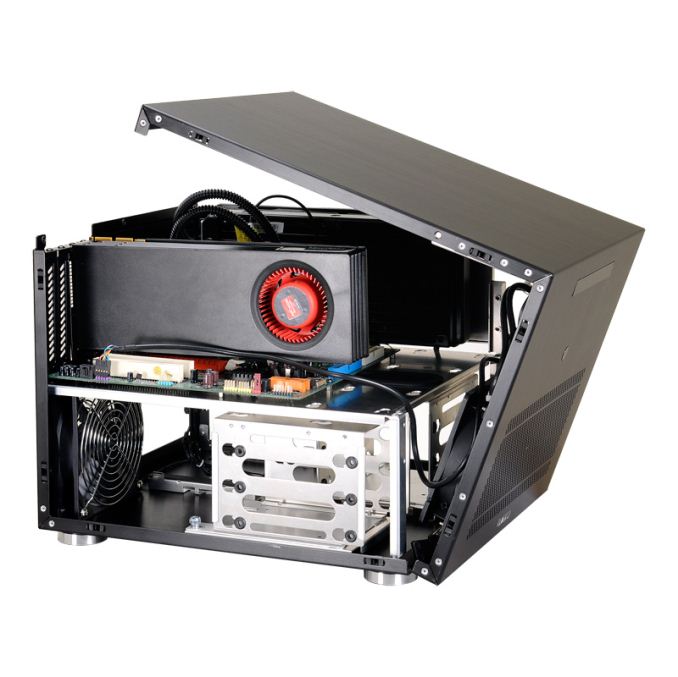











 Quote
Quote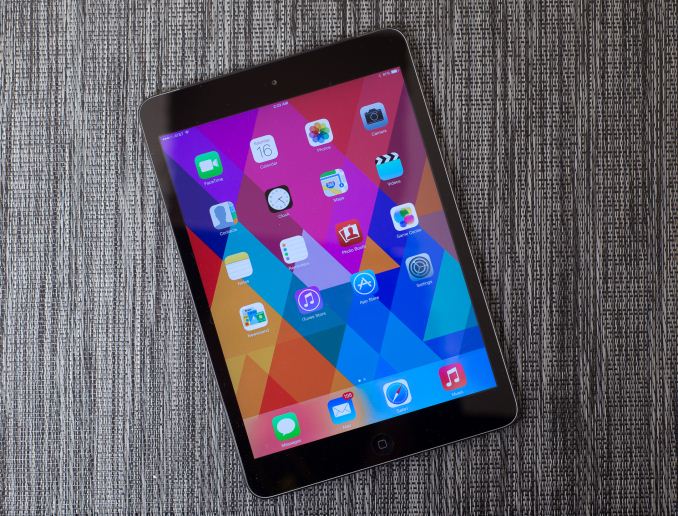
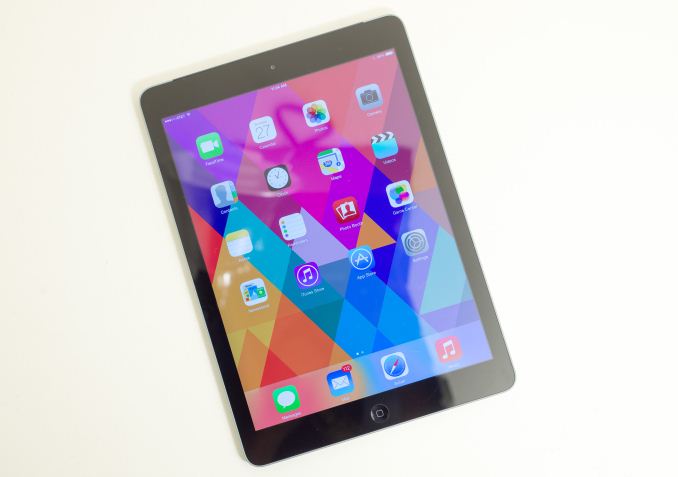
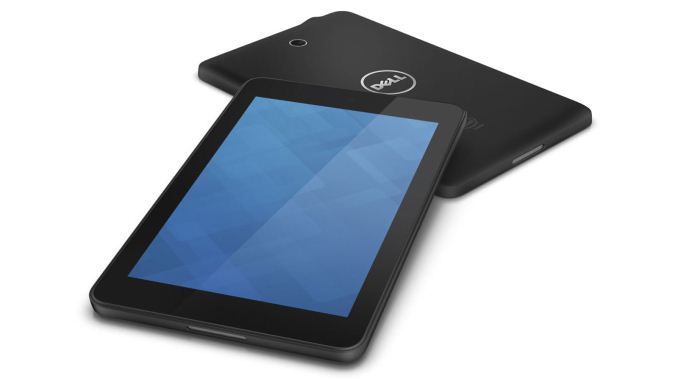
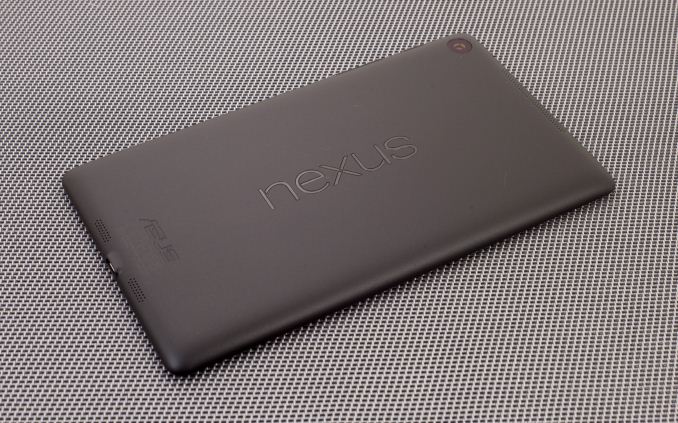
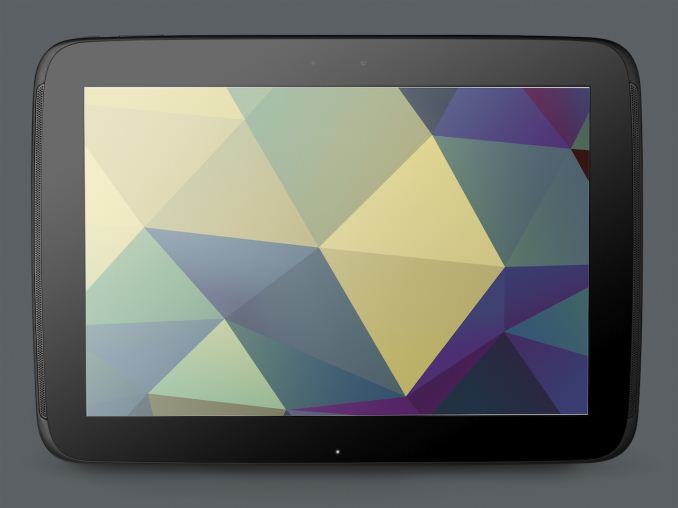
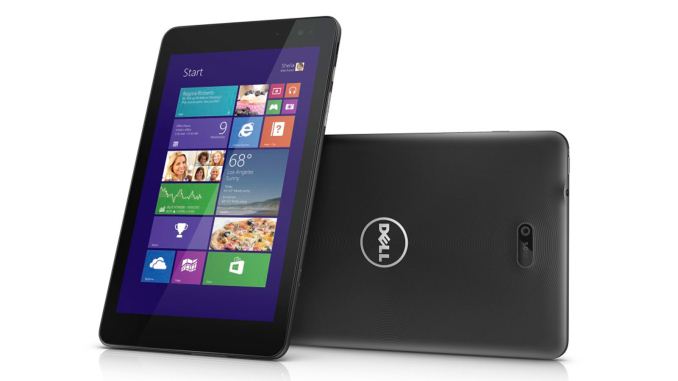
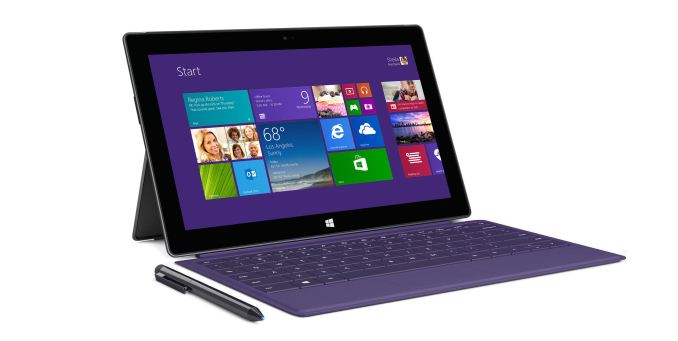
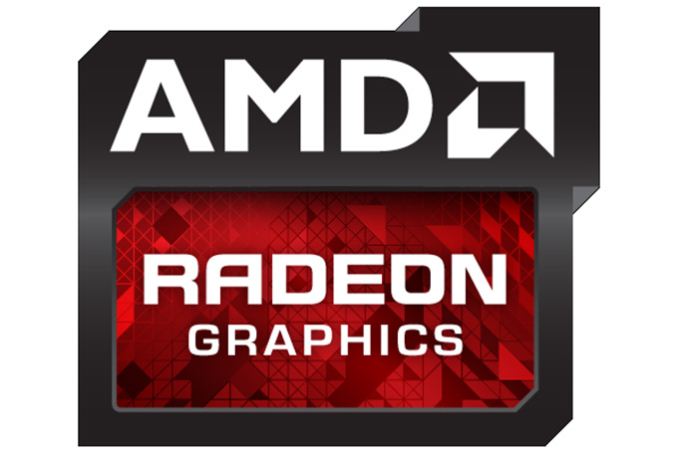
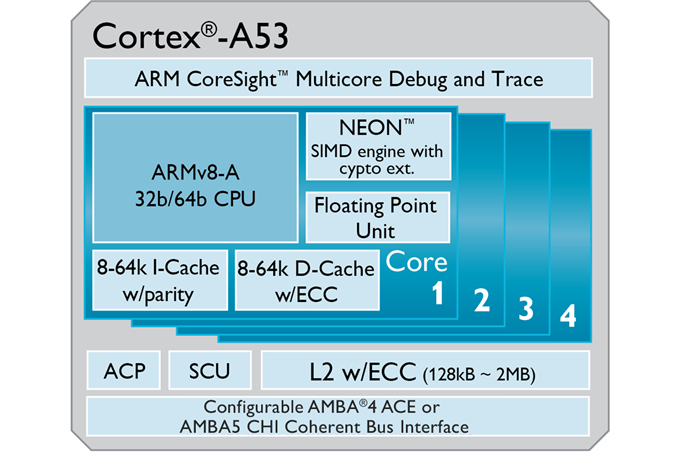
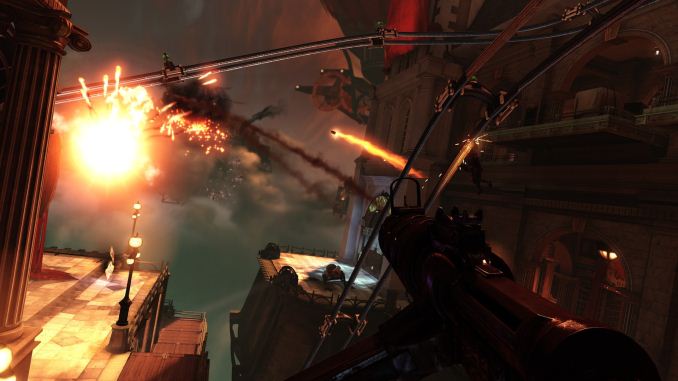
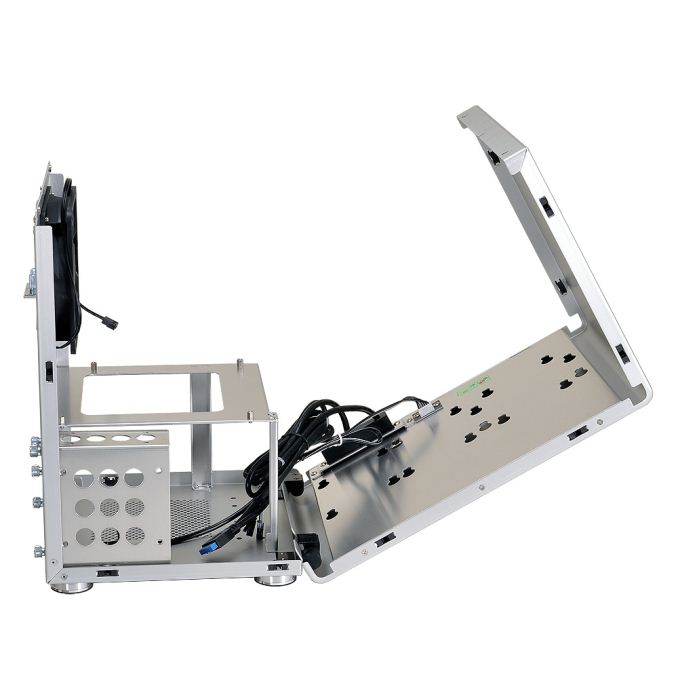

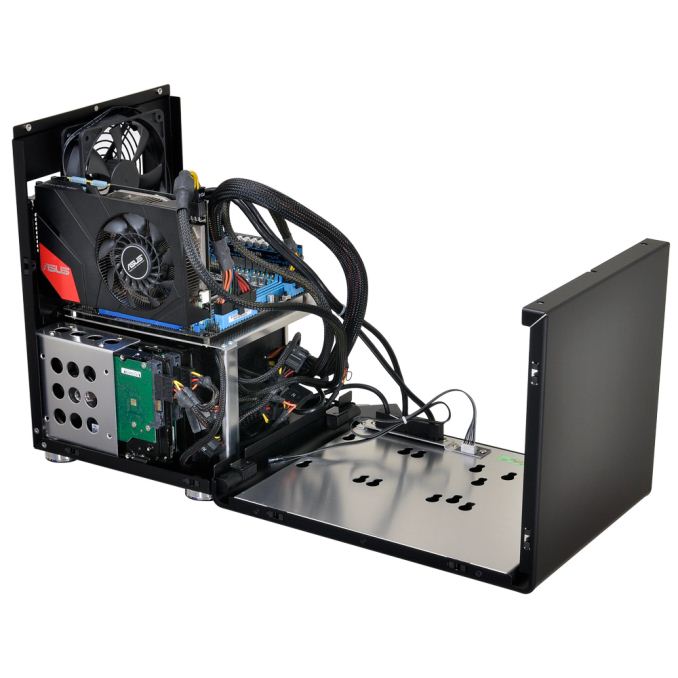

















Bookmarks